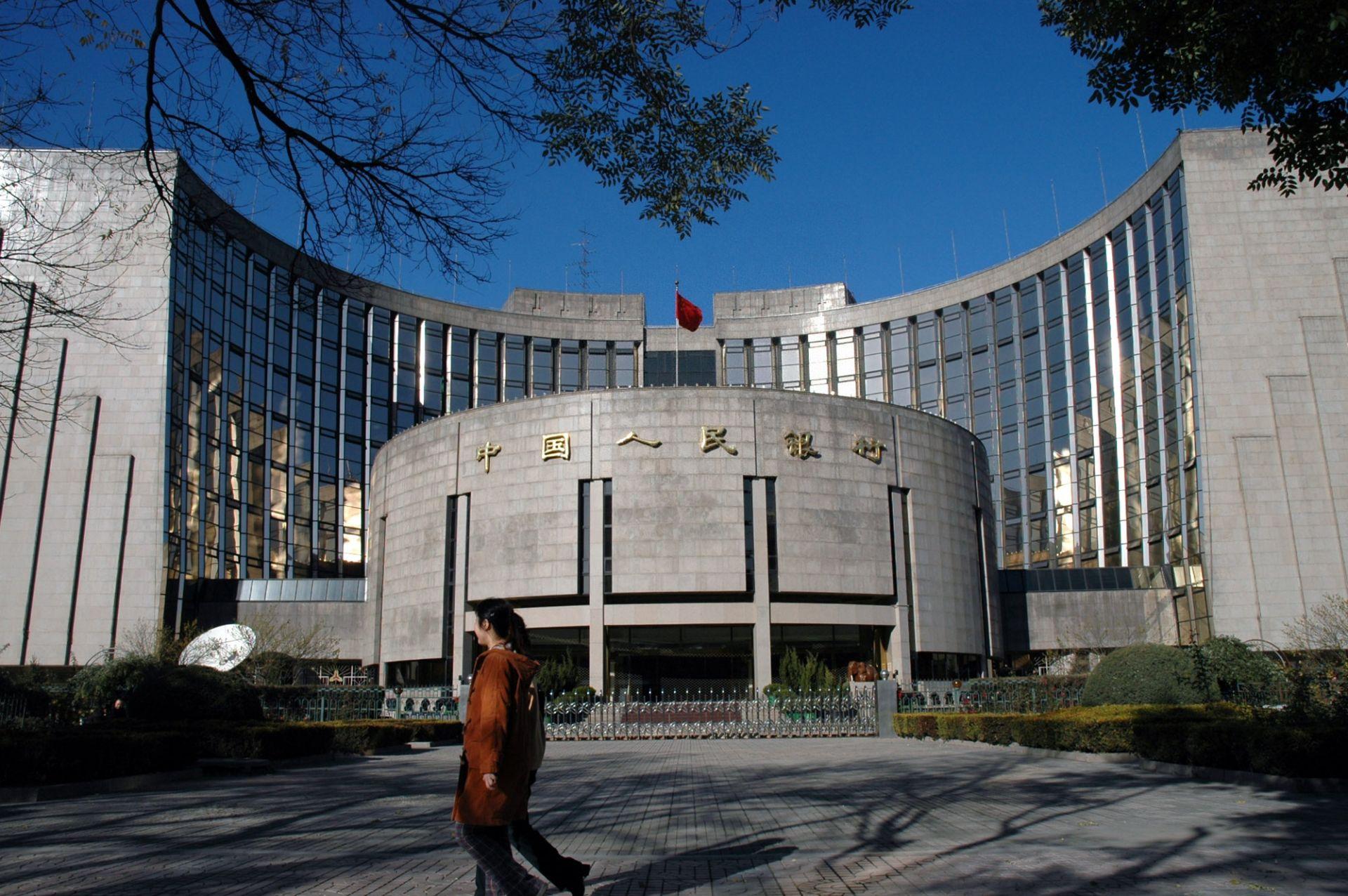BEIJING, June 10 (Xinhua) -- China's newly-added social financing, a measurement of funds the real economy receives from the financial system, came in at 3.19 trillion yuan (about 451 billion U.S. dollars) in May, up 1.48 trillion yuan year on year, central bank data showed Wednesday.
In breakdown, yuan-denominated loans to the real economy increased by 1.55 trillion yuan, up 364.7 billion yuan from a year ago, and net financing via corporate bonds saw stellar growth of over 190 billion yuan to reach 297.1 billion yuan, according to the People's Bank of China (PBOC).
By the end of May, total social financing reached nearly 268.4 trillion yuan, up 12.5 percent year on year.
China is working on new monetary policy instruments that can directly stimulate the real economy and stepping up efforts to ensure enterprises can secure loans more easily.
The central bank introduced two new monetary policy instruments earlier this month to directly channel funds into the real economy, another sign that the country's monetary policy will not slide into quantitative easing.
The bank said it would use 400-billion-yuan of a special re-lending quota to purchase 40 percent of inclusive loans to small and micro businesses, issued by local banks from March 1 to Dec. 31. Another policy instrument that the PBOC introduced allows small and micro businesses to apply for deferring their inclusive loan repayments, maturing by end-2020 to March 31, 2021, with penalty payment exempted.
The country will use a variety of tools such as required reserve ratio reductions, interest rate cuts, and re-lending to enable M2 money supply and aggregate financing to grow at notably higher rates than last year, according to a government work report. Enditem




 A single purchase
A single purchase









